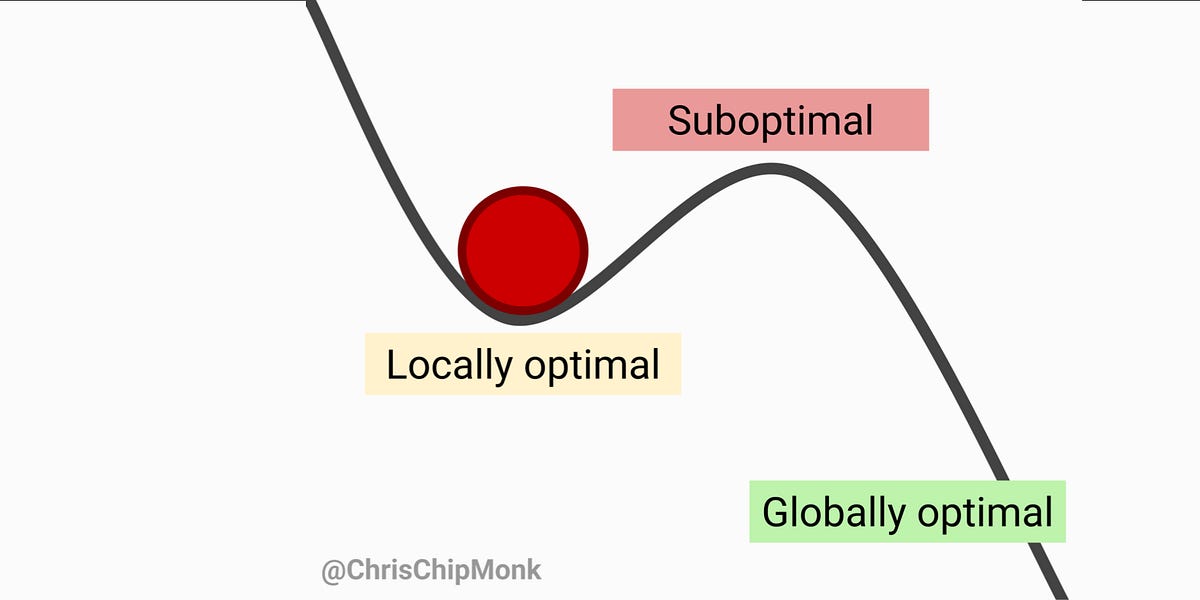 Zippy: The world’s smallest, fastest, power-autonomous biped robot. Credit: Carnegie Mellon University
Zippy: The world’s smallest, fastest, power-autonomous biped robot. Credit: Carnegie Mellon UniversityStanding under 1.5 inches tall, the newest bipedal robot from Carnegie Mellon University’s College of Engineering can move through tighter spaces than any other two-legged robot in the world.
At under one and a half inches tall, about the size of a LEGO minifigure, the world’s smallest self-contained bipedal robot can start moving from a standstill, walk at speeds over half a mile per hour, turn, skip, and climb small steps using only its internal battery, actuator, and control system.
Nicknamed “Zippy” by its creators, the robot is the latest achievement of a multiyear project supported by the National Science Foundation and led by Aaron Johnson and Sarah Bergbreiter at Carnegie Mellon University. The project focuses on understanding how walking works at miniature scales to develop more capable tiny robots.
“In a world designed for humans, two-legged robots are able to navigate uneven terrains and maneuver around objects more easily than robots with wheels,” explained Johnson, a professor of mechanical engineeringOpens in new window. “For this reason, we have been investigating how to eliminate complex walking mechanisms to make simple, two-legged robots possible.”
Potential applications in tough environments
Steven Man, one of the lead authors of the research being presented at this year’s IEEE International Conference on Robotics and Automation, highlighted the complexity and significance of miniature legged robots.
“They can go into tight spaces that people and even other robots cannot manage. Zippy could be a resource for emergency search and rescue, industrial inspection, and even deployment to geologically interesting areas for scientific research,” he said.
How Zippy achieves speed and mobility
The world’s smallest and fastest power-autonomous bipedal robot was developed in the labs of Aaron Johnson and Sarah Bergbreiter. Standing just 1.5 inches tall, the robot—affectionately called Zippy—can walk at an impressive 10 leg lengths per second, equivalent to an average adult walking at 19 miles per hour.
Undergraduate students Soma Narita and Josef Macera were also lead authors on this work and helped to design Zippy based on the team’s prior steerable bipedal robot, Mugatu, that featured rounded feet and a single actuator at the hip.
The walking mechanism in miniature
The biped walks by lifting its front leg and shifting its center of gravity forward. The momentum from this shift, in combination with its rounded front foot, creates enough space for Zippy’s other leg to swing through and take a full step. Because of its small size, Zippy uses an additional mechanical hard stop to act as a joint limit for its hip instead of a servo.
“Both Zippy’s small size and our mechanical adjustments enable Zippy to walk at an incredible 10 leg lengths per second, which would be equivalent to an average adult moving at 19 miles per hour. This makes Zippy not just the smallest, but the fastest power-autonomous bipedal robot of any size by that metric,” said Sarah Bergbreiter, a professor of mechanical engineering.
Moving forward, the team plans to add sensors like cameras to Zippy so that it can localize and autonomously navigate environments. With localization capabilities, multiple robots could be deployed together to coordinate as a swarm for inspection or search and rescue operations in hazardous environments.
Reference: “Zippy: The smallest power-autonomous bipedal robot” by Steven Man, Soma Narita, Josef Macera, Naomi Oke, Aaron M. Johnson and Sarah Bergbreiter, 8 May 2025, arXiv.
DOI: 10.48550/arXiv.2505.05686
Funding: National Science Foundation
Never miss a breakthrough: Join the SciTechDaily newsletter.
.png)




